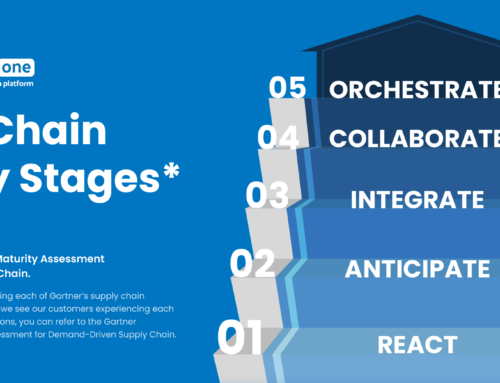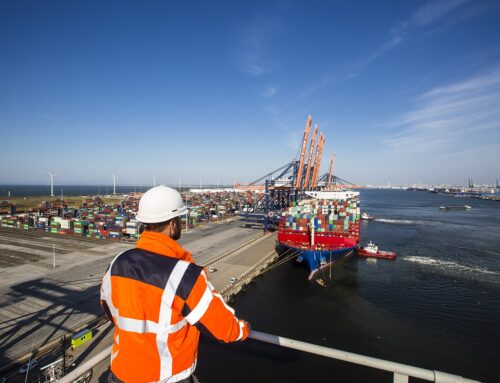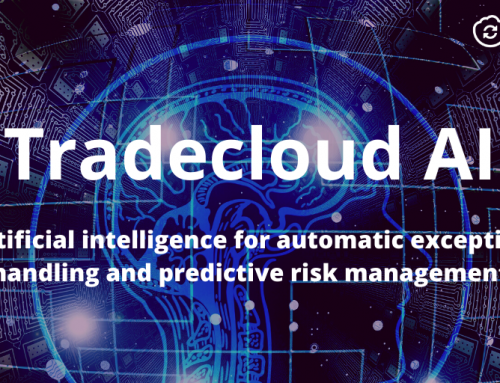As described in our previous blog posts, the potential of AI is enormous. To fully harness the potential of AI, it is crucial that the right algorithm is applied to the right use case, based on the right data. For this reason, we started our AI journey by looking at the most limiting factor; the data.

Tradecloud One Data
Within the Tradecloud environment, over 100,000 order messages are sent daily, and tens of thousands of user interactions take place. Each of these order messages and interactions is driven by humans, based on the information available (via the platform). The main goal is ultimately to process orders as quickly as possible with as little disruption to the supply chain as possible.
Tradecloud provides its users with a contextual overview of orders and exceptions to achieve this goal. The overview includes communication, an activity flow to visualize possible exceptions, and an efficient workflow to handle the exceptions and automatically log the result in the ERP system. However, our users still rely on the data available internally, combined with the information provided by the supplier. This information may not always be complete, and although there are patterns in the behavior of each buyer or supplier, this is often not recognized by our users.
By using the enormous amount of data that flows through Tradecloud daily, it is easy to recognize such patterns, especially with tools like Machine Learning. With the help of this data, it is possible, for example, to conduct reliability measurements for buyers or suppliers. However, these statistics are an aggregation of historical data, and it was not necessary for us to use AI to make them visible to our users.

From Data to Product
This left us with the question of which application of AI and ML could offer the greatest added value for our users. As discussed in our first blog about AI, there are many different applications for AI in the supply chain. Based on our data, we have determined that the most useful and feasible applications would be:
– Risk analysis: detecting and preventing disruptions in the supply chain
– Procurement automation: automating the manual procurement process
As described by AI experts, the acceptance of AI is most successful when it does not significantly disrupt the current way of working. AI should be applied as a tool that is present in the background, ready to be used when the user wishes. For this reason, we have decided to focus first on risk analyses and develop an AI Risk Indicator.
The Risk Indicator currently relies on internal data to visualize how likely it is that an exception will occur in your order. The next step is to combine our internal data with external data that are relevant for predicting risks. Think of weather forecasts or stock market data. This will allow us to inform users early in the order process about future issues, enabling them to be resolved immediately.





